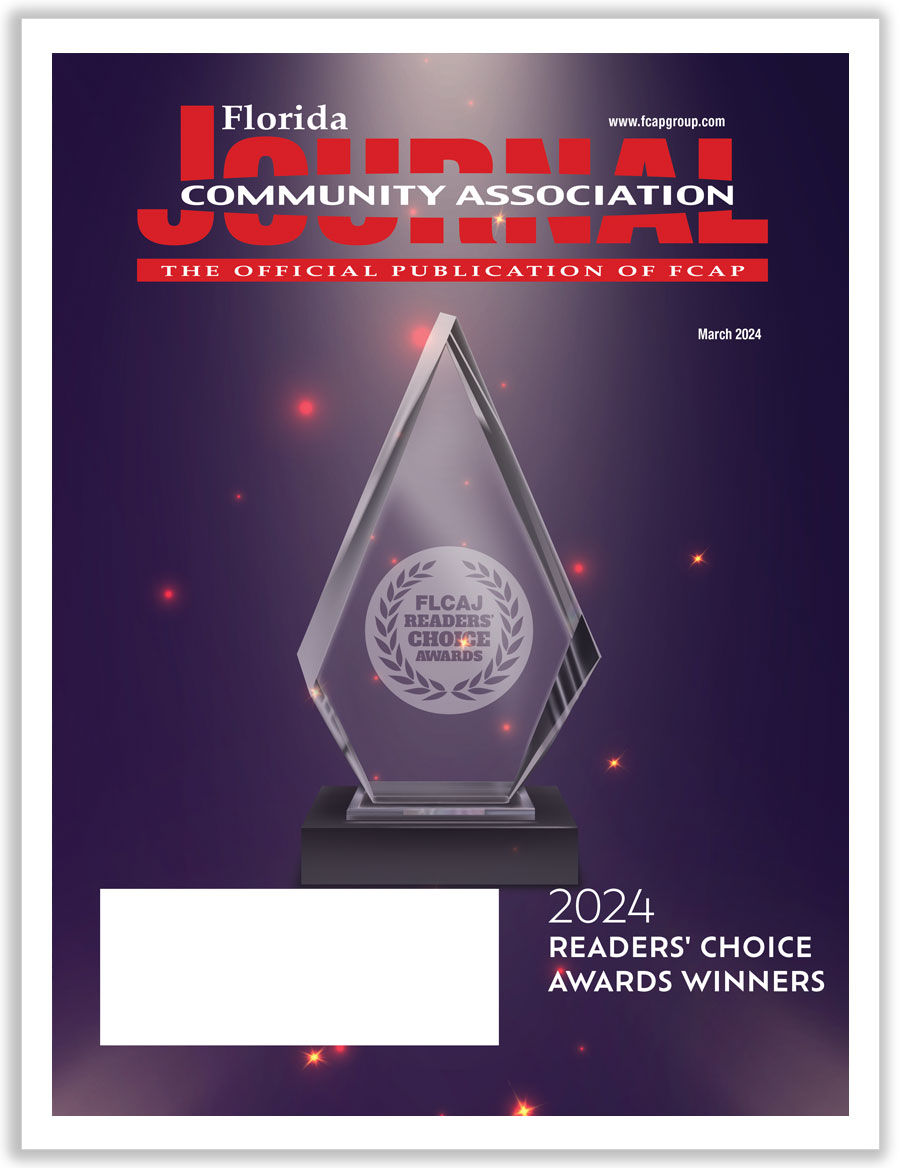
Best Practices for Association Budgeting
By Vicki Jennings / Published August 2022

Editor’s Note: The recently passed Senate Bill 4-D will affect reserve projects and funding options for many communities.
Crafting an annual budget can be one of the most important tasks for community associations, and to do it well, we must first understand the purpose of the budget.
Association budgets are a projection of the money needed to cover operating expenses and provide adequate reserves for repair and/or replacement of any property elements. The budgeting process can be a great opportunity for an association to plan for the coming year and allocate essential spending for its ongoing operations.
Following these steps can make your budget process more effective.
- Form a team.
Ask board members, the board president, the treasurer, and the community manager to join, and if your association has created finance or budget committees, the chairpersons of these committees would also be integral members of the budget team. Use transparency and clarity to help your community residents understand the budget and alleviate misunderstandings. Preparing a presentation is an effective way to provide board members and residents with the details of the budget. - Start early.
Give yourself sufficient time to craft a detailed estimated budget before the year’s end by first gathering background materials such as reserve studies and cost increases from vendors. Then, outline annual goals by month and monitor and update your budget throughout the year. - Prepare a reserve study.
These all-important reports outline a long-term schedule of likely repairs, estimate costs, and assess the current state of the funds your association has available to pay for the costs. As you work with your reserve analyst to choose maintenance and improvement projects for the association, the reserve study is your fundamental guide for reserve spending, homeowner assessments for the upcoming year, and analysis of the association’s financial stability. Sharp buyers will ask to see reserve studies before purchasing a home in a community. A fully funded reserve is optimal; any percentage under 70 percent of full funding is a red flag. - Send request for proposals (RFPs).
Send out RFPs to all contracted services—from tax preparations and audits to maintenance and more—as unplanned expenses can mean financial headaches. Don’t be afraid to negotiate with your vendors for better deals. - Know your community.
Review your association documents to ensure you have all the details on what votes are required for approval of the budget. Will the board vote be sufficient, or will you need the vote of most of your association members? You can avoid potential legal risk by knowing and following the rules in the association documents; and a prepared, detailed budget description will provide transparency and help explain the line-item costs to the homeowners. - Determine the association’s goals for the next few years.
Consider surveying your homeowners prior to planning your budget to discuss what they want to see in the community. Establish clear objectives and compare the prior year’s budget to forecast any potential unexpected expenses. Due to the unpredictable nature of many expenses, it can be impossible to plan for all expected costs, so it’s a good idea to take a conservative approach when planning your budget. - Look for ways to reduce costs.
Regularly evaluate annual expenses such as on-site insurance evaluations of properties. Inspect the budget for issues and analyze utility costs and energy-efficiency ideas such as water-saving solutions and recycling. It’s also a good idea to have a clear line between what your association wants and what it needs.
When you finish the analysis pieces and move to creating your budget, you’ll generally want to include the following:
- Income
- Reserves
- Insurance Costs
- Contract and Service Costs
- Utility Costs
- Administrative Costs
When your final budget is complete, divide the full amount by the number of homeowners to calculate your association fees.
And it’s always a better idea to overestimate your costs rather than underestimate them to be sure your association has the funds it needs. Choose a financial provider that has options to make your funds accessible when they’re needed and offers a competitive rate of return for your reserve funds.
Planning and following these suggestions can help guide you as you work through the necessary steps of the annual association budget process.
Vicki Jennings
Regional Account Executive, CIT Bank
Vicki Jennings is a regional account executive at CIT, a division of First Citizens Bank. For more information, visit cit.com/cab.
The views and opinions expressed in this article are those of the author and do not necessarily reflect the views of CIT, a division of First Citizens Bank.
CIT, a division of First-Citizens Bank & Trust Company, and its representatives are not authorized to give legal, tax, or accounting advice. Please contact your own attorney, accountant, or tax professional with any specific questions you have related to the information provided that are of a legal, accounting, or tax nature.





